-
Content Count
2,449 -
Joined
-
Last visited
Posts posted by paulm
-
-
Hi Andi
Say you have 3 groups of chicks from your 3 unrelated pairs and you pair a bird from group 1 to a bird from group 2 the chicks will not be related to group 3 and vice versa so if your record keeping is accurate you can have an extra year of unrelated pairing giving you a wider group of birds from your original pairs, but by this point you will of reached the point of needing new blood so you would be wise to move on any birds you do not wish to keep and a seek good outcrosses to use to your birds.
Paul.
-
 1
1
-
-
Hi Jon
Looking good mate and congratulations on your show season

Paul.
-
Hi Andy
I Personally feel inbreeding of your stud is a bad thing, if you for instance breed some higher quality birds from a pair it can be tempting to pair them back to a uncle or aunt or other member of that blood line, but the short term gains in the quality of doing so can be quickly lost by limiting the gene pool of your stud, this can lower fertility rates and over time even result in extreme cases with things such as blindness and other defects. What i have done is take any good birds out away from their bloodline into unrelated lines this will increase over time the quality of the stud and is a slower route to take but results in a fresher gene pool in the long run, you do need a reasonable size stud to be able to do this, but each time a chick from a specific family is bred away from it siblings the resulting birds have a wide share of new genes unrelated from family members and in future generations these descendants of the original good birds can be bred together.
Paul.
-
 2
2
-
-
Hello and Welcome to the forum
Paul.
-
Yes it is in split males.
-
Thats right steve you would get Normal And CFW hens and any other coloured Hens the cock is split for such a fawn or lightback.
-
Hello and welcome to the forum.
Paul.
-
Hi
If the parents are CFW X CFW they would not produce a Normal coloured chick, i believe another hen has laid in their nest.
Paul.
-
Hi Chris
One course of action is to remove the cock and any new eggs and just leave the hen to raise the chick by herself, there is none guarantee that this would of worked but with the cock being present the hen should stop laying and focus on her chick.
I have had Zebra finches who have been rubbish one year and the best breeder the next and vice versa.
Paul.
-
Hi Chris
Not that i'm aware and it may well moult out normally.
Paul.
-
 1
1
-
-
Hello and Welcome to the Forum.
The birds you have are a Normal Cock and Hen.
Paul.
-
Hello and welcome to the Forum.
Paul.
-
Hi Chris
One explanation is as Kareem and Stephen have said missing feathers, the reason only the Black and white barred feathers could be missing is they are located on the top layer of the tail.
Another explanation is the bird could be over Melanistic.
Paul.
-
Hi Emmy
Giving the birds long light hours encourages them to breed as it mimics the Natural cycle of most areas of the planet. other factors such as humidity and rain fall also play a part as after periods of extended rain and longer light hours more food becomes available in the birds Enviroment, wild bird often time their breeding to such events.
Paul.
-
 2
2
-
-
Hi
Sorry you have had such bad luck, It is alway a good idea to make sure any water dishes big enough for bird to get into are shallow enough for a wet bird to walk out of.
Paul.
-
-
Hi
Well i can give you my opinion on size if it helps.Size is gained though selective breeding over a period of time, to put it as simply as possible, breeding some pairs of birds together keeping the bigger resulting chicks and then once mature breeding these larger birds together and repeating the process, the only down side to doing this with pet shop type birds is the length of time needed to get from A) pet shop size too,B exhibition size.
As for pairing Pet shop type birds to big birds and what might result well i would expect offspring resulting from such a breeding as being better than the lesser of the pair but not as good as the greater and the result to vary pair to pair as it also depend who is dominant in the pair and their size.
I did hear in the past that penguins Have a tendency to breed backwards over time but have not bred many so i'm not sure on this.
Paul.-
 2
2
-
-
Hi
Remove any rings on the swollen foot and as long as the skin is not cut bath a couple of times a day in Distilled Witch hazel.
-
 1
1
-
-
Hi Andrew
Welcome to the forum and welcome back to the Hobby.Paul.
-
Hi
The Hen looks like a BB Normal Possible BF its hard to tell 100% from the photos.
Paul.
-
-
-
Hi Gary
Thank you.
-





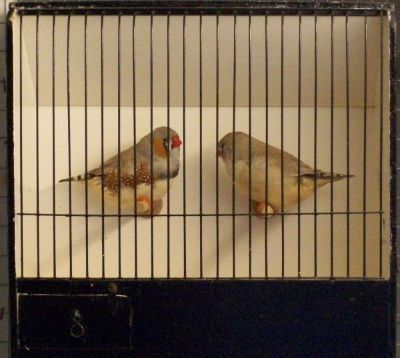
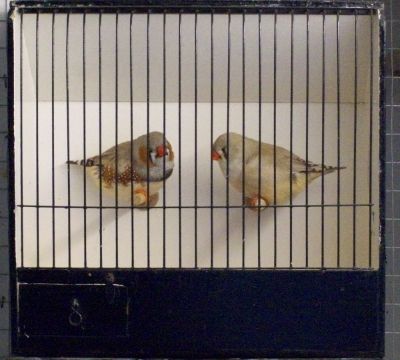
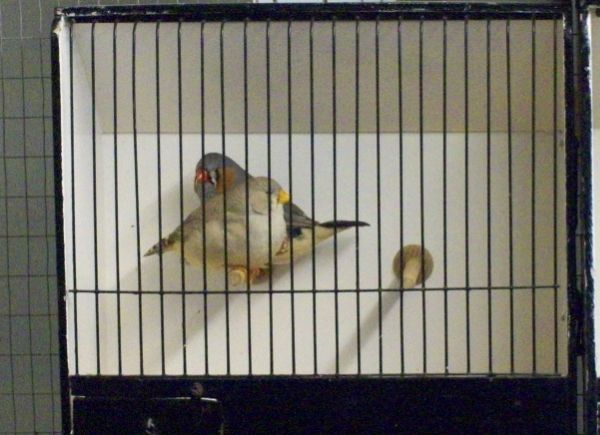
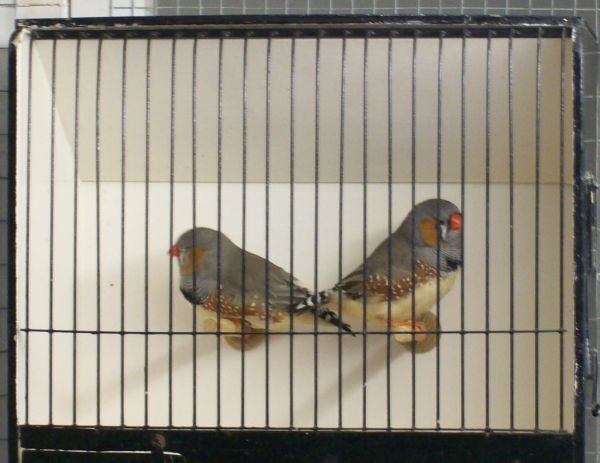
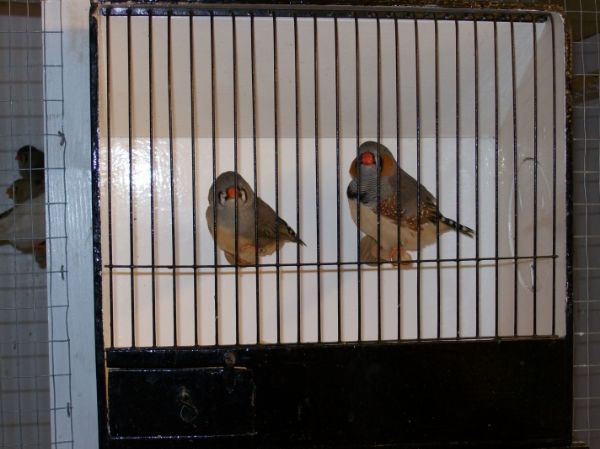
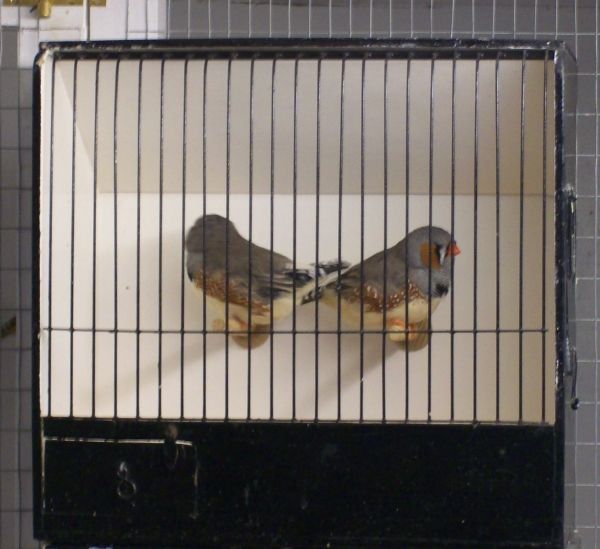
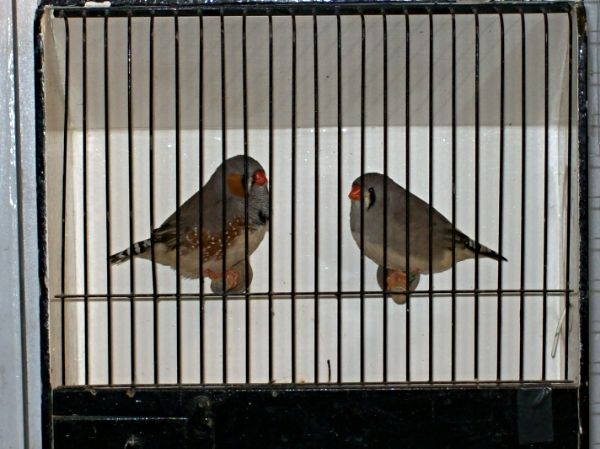
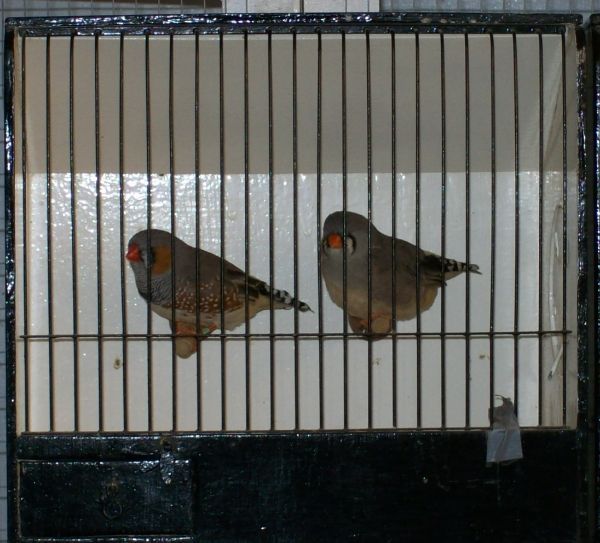
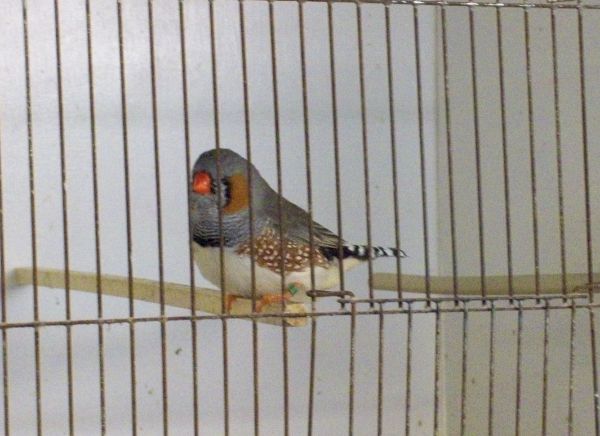
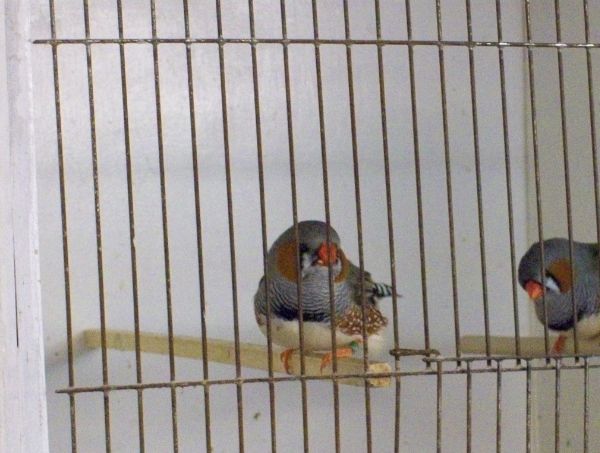
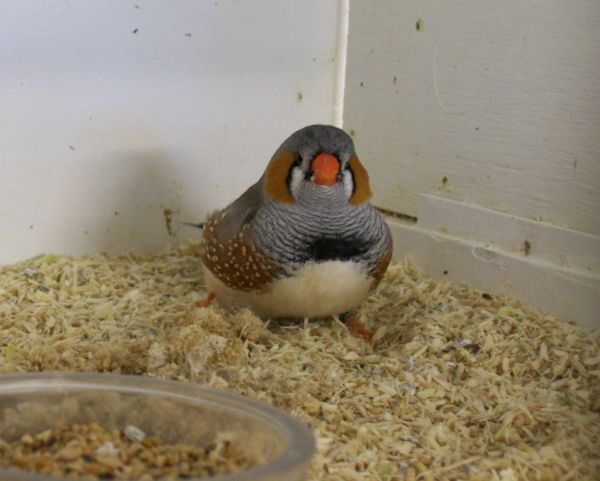
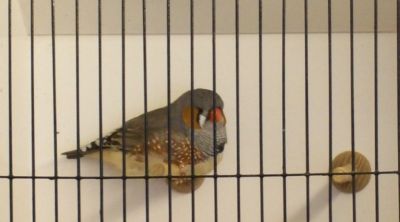
Pets At Home Finch Food?
in Feeding
Posted
Hi
Do you have a local pet store other than Pets at home as £8 for 5 kg is quite expensive i pay either £20 or £26 for 20kg depending what mix i get.
Paul.